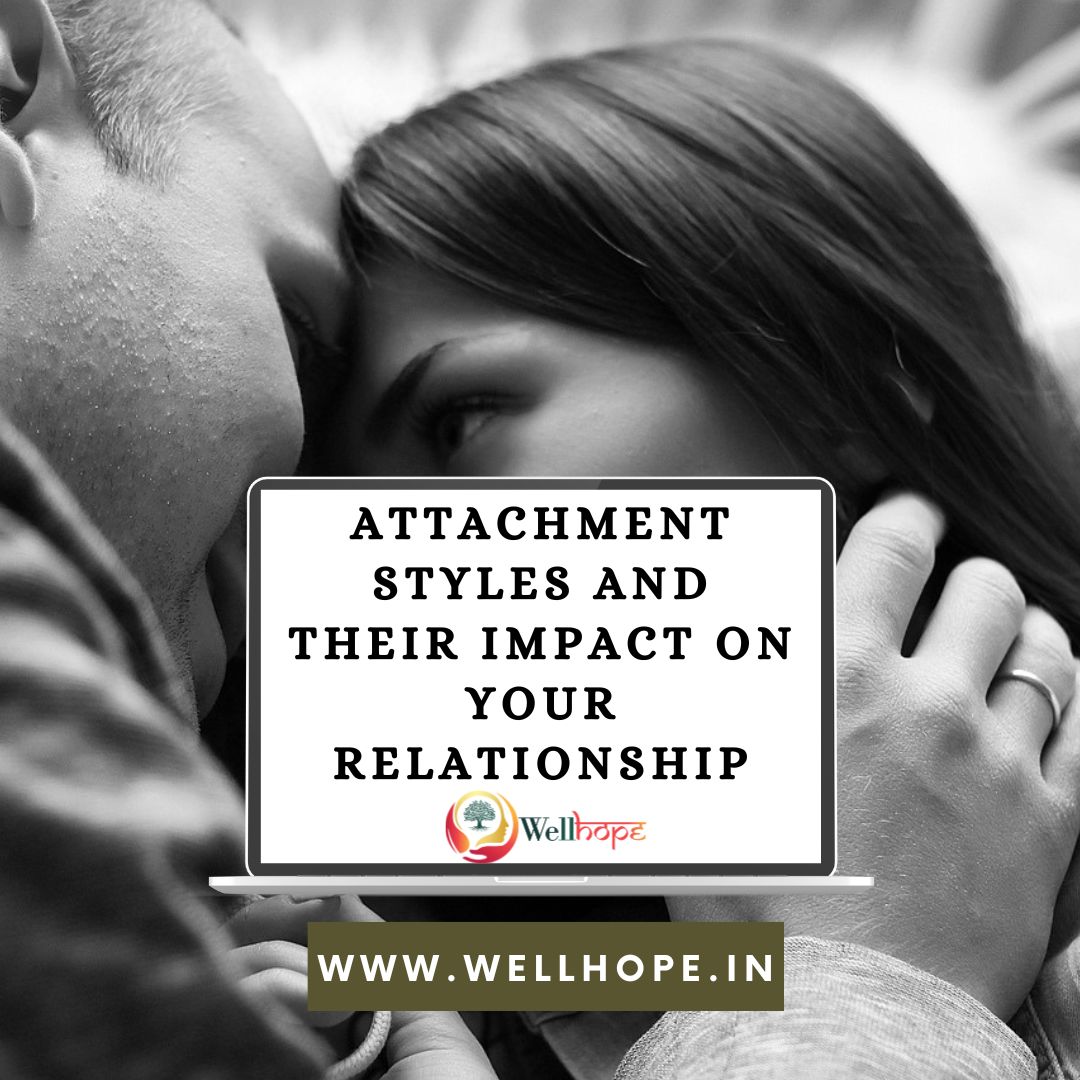Blog
- Home
- Blog
From Surviving to Thriving: Embracing the Healing Journey

Healing journey is rarely a straight path. It is messy, unpredictable, and deeply personal. Whether recovering from trauma, heartbreak, addiction, or a period of profound stress, the journey toward healing is not about erasing the past—it’s about reclaiming your power, your peace, and your sense of self. In today’s fast-paced world, where instant solutions dominate, the idea of taking the slow, reflective path can feel outdated. Yet, it is precisely this intentionality that transforms healing from a concept into a life-changing practice.
For many, healing begins with acknowledgment. The first step is recognizing the pain, without minimizing it or brushing it aside. We live in a society that often encourages us to “move on” quickly, to mask emotions, and to keep a brave face at all costs. But real healing asks for courage—the courage to sit with discomfort, to admit vulnerability, and to confront truths that may have been buried deep within. It’s in this space of honest reflection that transformation begins.
Self-compassion is the heart of one’s healing journey. Too often, we are our own harshest critics, replaying mistakes or self-blaming for circumstances beyond our control. Yet, treating ourselves with kindness is not indulgent—it is essential. Self-compassion allows us to honor our journey, celebrate progress, and accept setbacks without shame. Practically, it can mean journaling your emotions, practicing mindful breathing, or simply speaking to yourself the way you would to a friend in distress. These small acts, repeated consistently, nurture resilience.
Community also plays a pivotal role. Healing in isolation can feel overwhelming and lonely. Connecting with others—whether through therapy, support groups, or simply trusted friends—creates a space to share experiences and receive empathy. Through the candid discussion of struggles, we often discover that we are not alone in our pain. Others’ stories can inspire courage, normalize our emotions, and remind us that recovery is not a linear process but a series of steps forward and backward, each meaningful in its own way.
Another powerful aspect of the healing journey is reclaiming joy. Trauma or prolonged stress can numb us, making it difficult to experience simple pleasures. Intentional acts—like creating art, dancing, meditating, or spending time in nature—reconnect us to life’s vibrancy. These practices may seem minor, but they are profound signals to our mind and body that we are safe, valued, and capable of experiencing happiness again. It’s also important to remember that setbacks are not failures—they are part of growth. Healing is rarely a clean trajectory. Some days may feel like progress, others like regression. Recognizing this ebb and flow is vital to maintaining patience and self-kindness. It’s okay to pause, reflect, and recalibrate. The goal is not perfection; it is presence.
In a world obsessed with results, embracing a healing journey is an act of radical self-respect. It is choosing to prioritize mental, emotional, and spiritual well-being over external pressures. It is acknowledging that your story—no matter how painful—is worthy of love, care, and attention. Ultimately, the healing journey transforms not just pain, but perspective. It teaches resilience, cultivates empathy, and encourages a deeper connection with ourselves and others. By embracing the process, we move from surviving to thriving, from merely existing to living fully, and from fear to hope.
Healing may not be easy, but it is profoundly worth it. And in a world that moves so fast, perhaps the greatest gift we can give ourselves is the patience, presence, and courage to heal fully—step by step, day by day.




